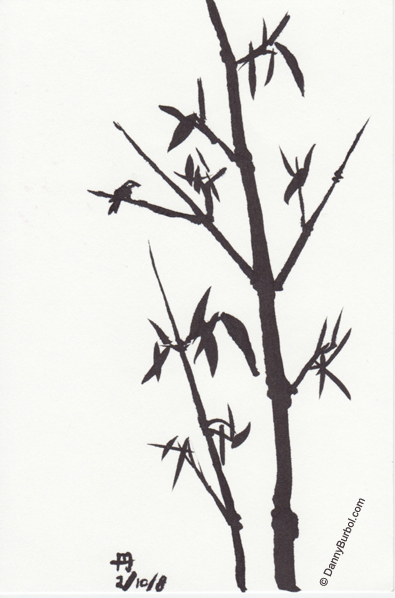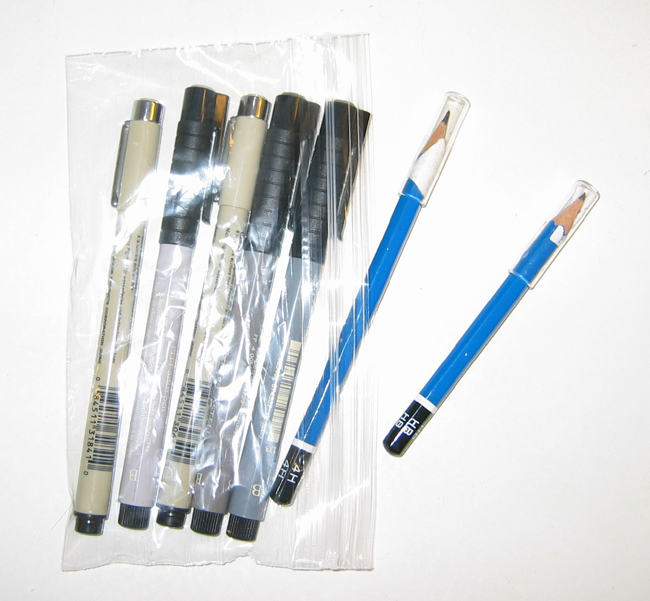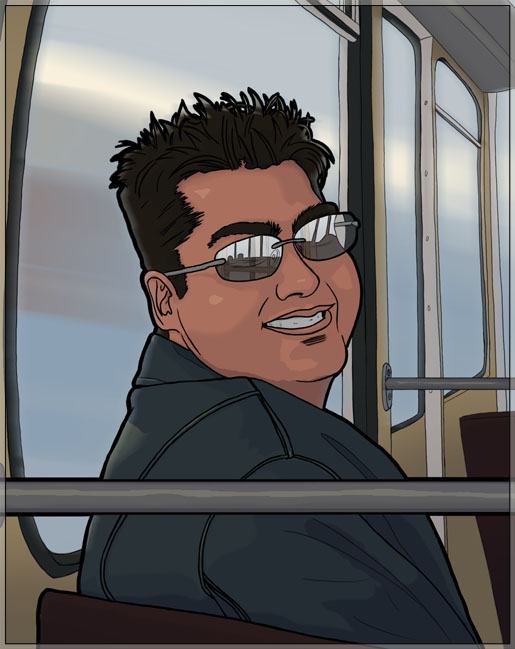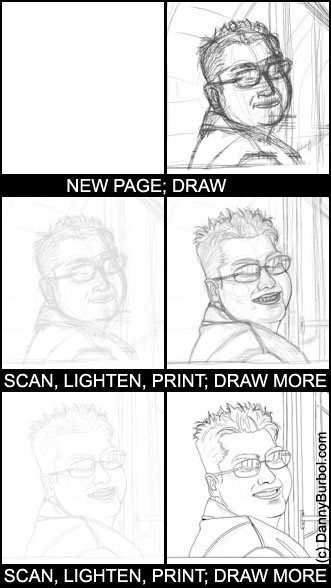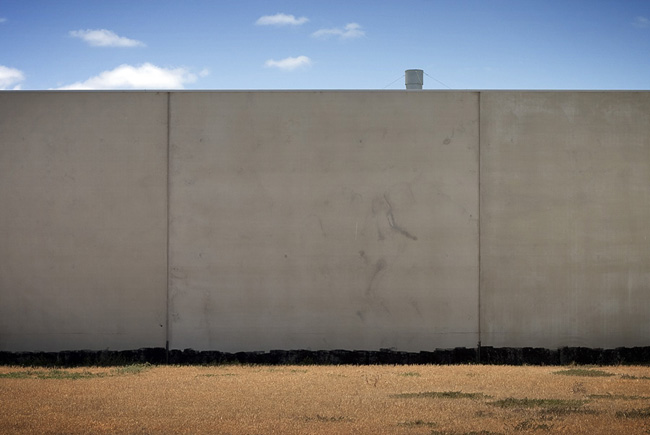 After exhibiting at a few cons, I've got a bit of a routine that I thought would be nice to share with any other aspiring artists out there.
After exhibiting at a few cons, I've got a bit of a routine that I thought would be nice to share with any other aspiring artists out there.
I'm swamped with work to do, so I'm going to type this fast, my apologies for typos, etc. (actually, if you could point out typos by leaving comments I'd be really grateful, thanks.)
Con checklist (things to bring)
- Comics: I pack my comics in a box and then drop that box into carry-on suitcase with wheels. The first time I lugged all my stock to the show (5 comics x 100 issues each) and ended up lugging most of them back home after the show was over. This last time (4th time to a con) I packed light. I had 9 comics and didn't bring more than 30 copies of each, in some cases, 20 copies (which I sold out by the end of the second day).
- Prints: prints seem to be a pretty good business model, much better than my print on demand comics (that rarely cover the cost of the very table I'm selling them from).
- Business Cards: if someone doesn't buy your stuff, at least get a business card in their hand. Don't have cards? try VistaPrint.com they're cheep, fast and high quality... you just have to click carefully for the last step of the order where they ask you "hey, do you want us to throw in some extra junk?"
- Extras: every con has it's own mood and tone. Wondercon is all about comics and prints while APE is all about Prints and Odd/Original things like buttons, postcards, stamps, or hats (you know, "alternative press").
- Food & Drink: if you don't want to get ripped off by convention prices, pack a lunch and something to drink. Remember napkins or something too.
- Clothing: Wondercon cranks the A/C waaay up and APE was a sauna. So keep that in mind. Make sure you can add or remove a sweater or something. (at Wondercon, I even brought chap stick and was thankful I did.)
- Shoes: You may be standing on cement all day... wear comfy shoes.
- Stands: books stands, business card stands, etc.
- box tape and scissors: You never know. I always bring this and I always find a use for it. Making signs, keeping things in place, etc.
- Paper or Index cards: for making little signs with
- Sharpie: for making signs and signing comics with
- Camera: get a picture of your fans and your booth! (and make sure your batteries are charged!... I made that mistake this time...)
- Pack Light: I know I just listed off a bunch of stuff, but remember, you have to carry all that crap from the car to the booth/table.
Con checklist (things to do)
- Pack the day before: you're going to be rushing around the next day, so just do yourself a favor and put all that stuff to bed before you go to sleep.
- Parking: the best way to loose any profit you might make is by getting price gouged on convention parking. You may be used to paying $15 for hanging around a Con for 2 hours... but when you are there from open to close, the price goes up FAST! Try to be smart. If you can get a friend to drop you off at the front door with all your stuff and then park farther away (or maybe your wife doesn't want to go to the show at all, which is perfect). DON'T expect to leave your car unattended out front while you drop off your stuff, odds are the security guards won't let you. I've gotten in the habit of getting dropped off the first day and then taking the train/bus to the event on the following days. Then I arrange for someone to pick me and my stuff up on the last day.
- Price Exhibitor Badges: just take a look at the price of a 3 day pass to the show, vs the price of a full blown Exhibitor pass. If you're going to have a friend help work the booth, you probably want the cheaper of the two. The only real difference is getting into the show an hour early or not.
- Get a better business model than me.: seriously, I lose money when I sell comics at a convention, lots of money. My print on demand comics are like $4 each, so I have to sell them for $5. While the big guys pay $0.66 to print a copy and sell them for $3 (or sometimes $5!). Give it some thought. I'm going to try some large prints at the next show (as in, the kind of print you frame and hang on the wall.) They cost less to make and will probably be a better business model then the print on demand comics. (in short, don't quick your day job until you figure out how to walk away from a convention with thousands of dollars in your pocket... oh, and when you figure that out, tell me how you did it :)
- Be honest with your friends: You friends will come to see you at the Con and will want to chat. That's cool, just make sure they know not to block your table. Have them stand a little to the side (or invite them behind the table) so people can still get to your table and possibly buy your stuff.
- Deflect Leaches: You'll get that guy who comes up and stands in front of your table, blocking it off from everyone else, and then just stand there and reads every page of every one of your comics. Then says "You're stuff is great!" and walks away. If you'd like him to stand a little to the side and read, just tell him. If you want him to move on, just tell him the price of the comic he's holding and put your hand out like you expect money right now. He'll most likely panic and run off, or panic and pay you.
- Make Friends: even if you're not good at talking to people, introduce yourself to the exhibitors around you. You'll probably see them again at other conventions and you'll probably be asking them to watch your stuff when you run to the rest room.
- Start a Tradition: This may sound silly, but you'll appreciate it years later. For example, I take the business cards of people around me and stick them in my badge holder... after the show, I throw all my badges in the same drawer, not in the trash. Some times it's cool to got through them, and with the business cards in the badge holder, you'll remember all the funny stories when you show them to others. (I still have a badge from E3 when I was working at Namco that I had the guys from penny-arcade.com sign... good times.)
Best of luck to you at the show!











